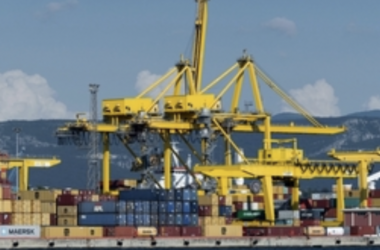Cardinal electors from across the globe will begin the sacred and secretive process of choosing the next pope on Wednesday, marking the start of the most geographically diverse conclave in the Catholic Church’s two-millennia-long history.
A total of 133 cardinals representing 70 nations will be secluded from all outside contact. As part of the strict procedures, they will surrender their mobile phones and be cut off from all communication, with the Vatican employing signal-jamming technology to enforce their isolation until a new pope is chosen to lead the Church’s 1.4 billion faithful.
The majority of the electors—108—were appointed by Pope Francis, many of them coming from countries that had never had a cardinal before, including Mongolia, Sweden, and Tonga. This expanded and more global group reflects Francis’ aim to diversify the College of Cardinals, with a notable increase in representation from the Global South.
The decision to exceed the traditional 120-elector limit and include younger cardinals from underrepresented regions has introduced a new level of unpredictability into a process already steeped in secrecy.
Many cardinals had not met before last week, and some have expressed concern about the limited time they’ve had to familiarize themselves with one another, casting uncertainty over how long it might take to achieve the necessary two-thirds majority—89 votes—to elect the 267th pontiff.
The ritual begins at 10:00 CET with a Mass at St. Peter’s Basilica, led by the dean of the College of Cardinals, Giovanni Battista Re. The Mass serves as a prayer for wisdom and guidance in choosing a new spiritual leader.
Later in the day, at 4:30 pm, the cardinals will process into the Sistine Chapel, chanting the “Litany of the Saints” and the Latin hymn “Veni Creator,” invoking the guidance of the saints and the Holy Spirit.
Once inside, they pledge strict secrecy and independence from outside influence in their decision-making. A reflection is then delivered by Cardinal Raniero Cantalamessa, retired preacher of the papal household. Following this, Archbishop Diego Ravelli, master of papal liturgical ceremonies, declares “Extra omnes” — Latin for “everyone out” — signaling the moment when all non-electors must leave and the conclave officially begins.
The first vote is anticipated by Wednesday evening. If no pope is elected, the familiar black smoke will rise from the Sistine Chapel chimney around 7pm, indicating no decision has been reached.
Voting follows a centuries-old process dictated by church law. Each cardinal writes his choice on a ballot marked with the phrase “Eligo in summen pontificem” — “I elect as Supreme Pontiff.” As each elector approaches the altar, he recites: “I call as my witness, Christ the Lord who will be my judge, that my vote is given to the one who, before God, I think should be elected.”
Ballots are placed in a silver and gold urn, then counted by three randomly chosen “scrutineers.” Each ballot is read aloud, pierced through the word “Eligo,” and tied with thread before being burned in the chapel stove. Special chemicals produce either black smoke to indicate no election or white smoke to announce a new pope.
From Thursday onward, the cardinals may vote up to four times daily—two in the morning and two in the afternoon—until a decision is reached.
Despite hopes for a swift outcome, several rounds of voting are likely. In the past century, conclaves have typically required between three and eight ballots. John Paul I was elected on the third ballot in 1978, while John Paul II needed eight. Pope Francis was chosen on the fifth ballot in 2013.




